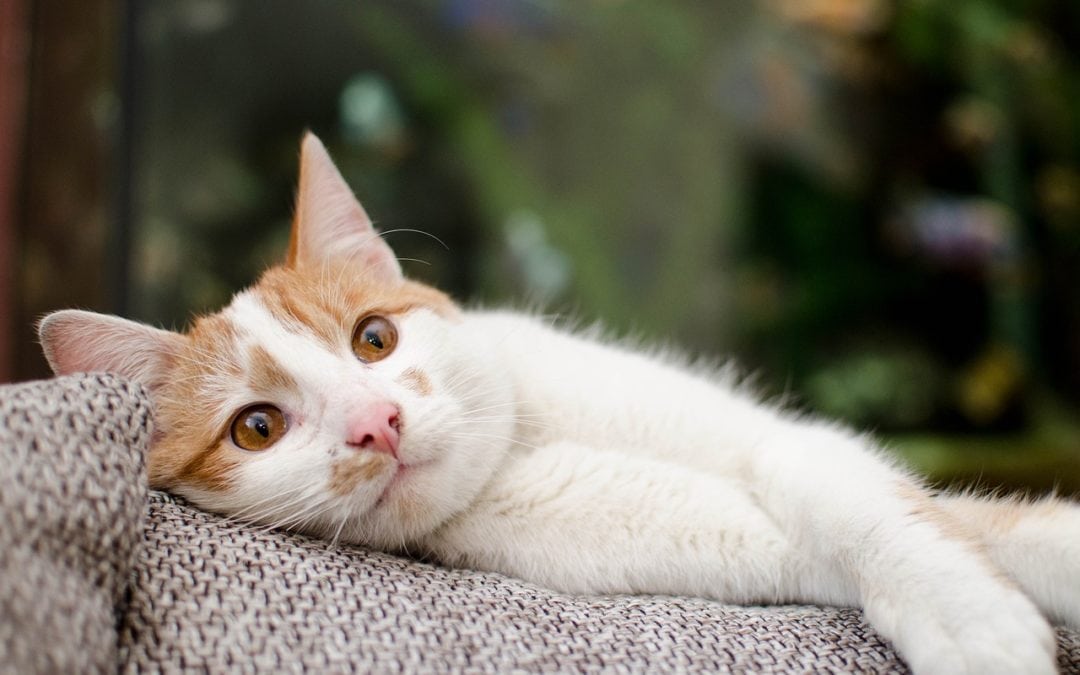Your pet relies on you for daily needs such as food, shelter, safety and to take care of things when they go wrong. That includes making sure he or she stays happy and healthy for as many years as possible. At South Shore Veterinary Hospital, we’d like to assist you in achieving this important goal. We’d also like to help you train your cat – yes, they are trainable!
How to train your cat: No, it isn’t the next hit film from Disney, it’s something you can actually do. And, while you might think it sounds crazy, many cat owners have successfully trained their feline friends to do things like using the toilet and come on command. Here’s how:
Stay positive
We know that cats often seem more independent than their canine counterparts, but that doesn’t mean that they’re not sensitive. In fact, something that might not seem like a bid deal to you (like rearranging your living room or punishing/disciplining your cat for scratching your furniture) could lead to increased stress, behavior changes, and health problems. Just like with dogs, cat training needs to involve plenty of positive reinforcement and patience, never punishment.
Use a clicker and (good) treats
Yes, you read that right. A clicker trainer, the same tool often used during dog training exercises, along with high-reward treats—think diced chicken or turkey, tuna, or meat-flavored baby food—can go a long way when training your cat. When your cat exhibits the behavior you’re looking for, click the clicker and immediately follow with a favorite treat and plenty of praise.
Don’t overdo it
Start by teaching one command at a time, one day at a time. Limit training sessions to about 15 minutes per day, repeating the training session the next day and subsequent days after that, slowly reducing the treats given with each click. Eventually, the click and your praise will be the rewards your cat will respond to. Once he’s mastered the first command, move on to the next command you want him to learn, re-introducing treats with each click.
Start young
Just like with any species, cats do their best learning while they’re young. While it is possible to “teach an old cat new tricks,” it can be more difficult than teaching those same tricks to a younger cat.
Cats can be trained to:
- Come
- Sit
- Stay
- Lay down
- Use the toilet
- Walk on a leash
- High five or shake
- Jump through hoops, twirl, walk into a carrier, stay on target, and other agility tricks
Having issues training your cat? There are animal trainers that specialize in cats and use positive reinforcement training methods. Contact us for a recommendation.
Have questions?
Click the button below to contact us with any and all questions you have! We’re here to help.

